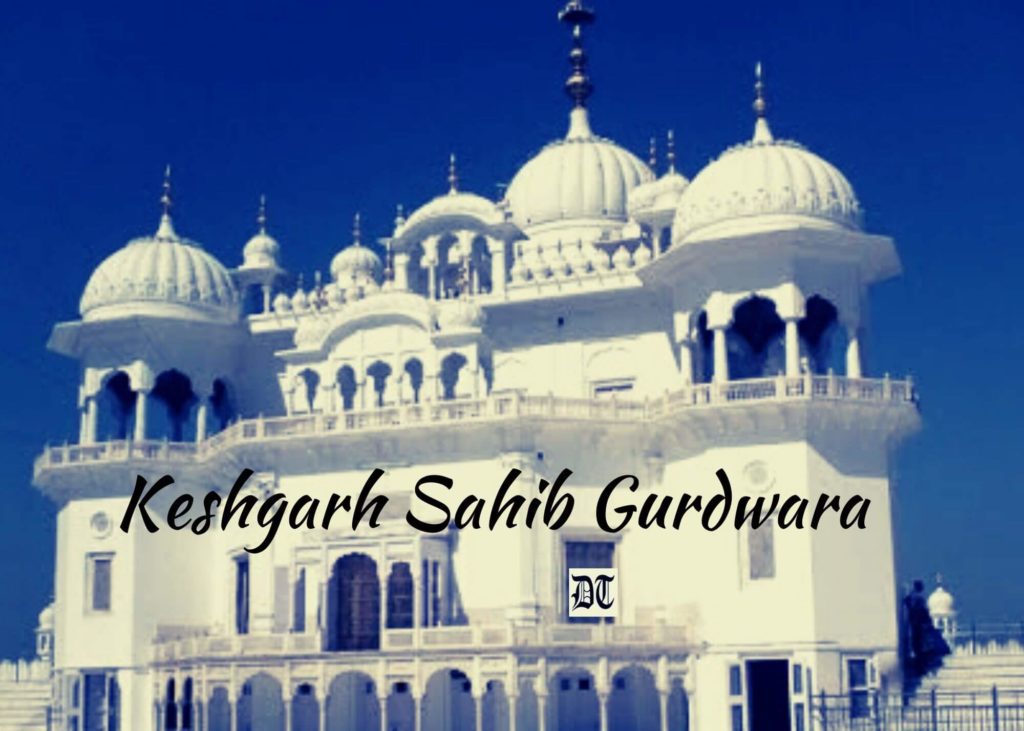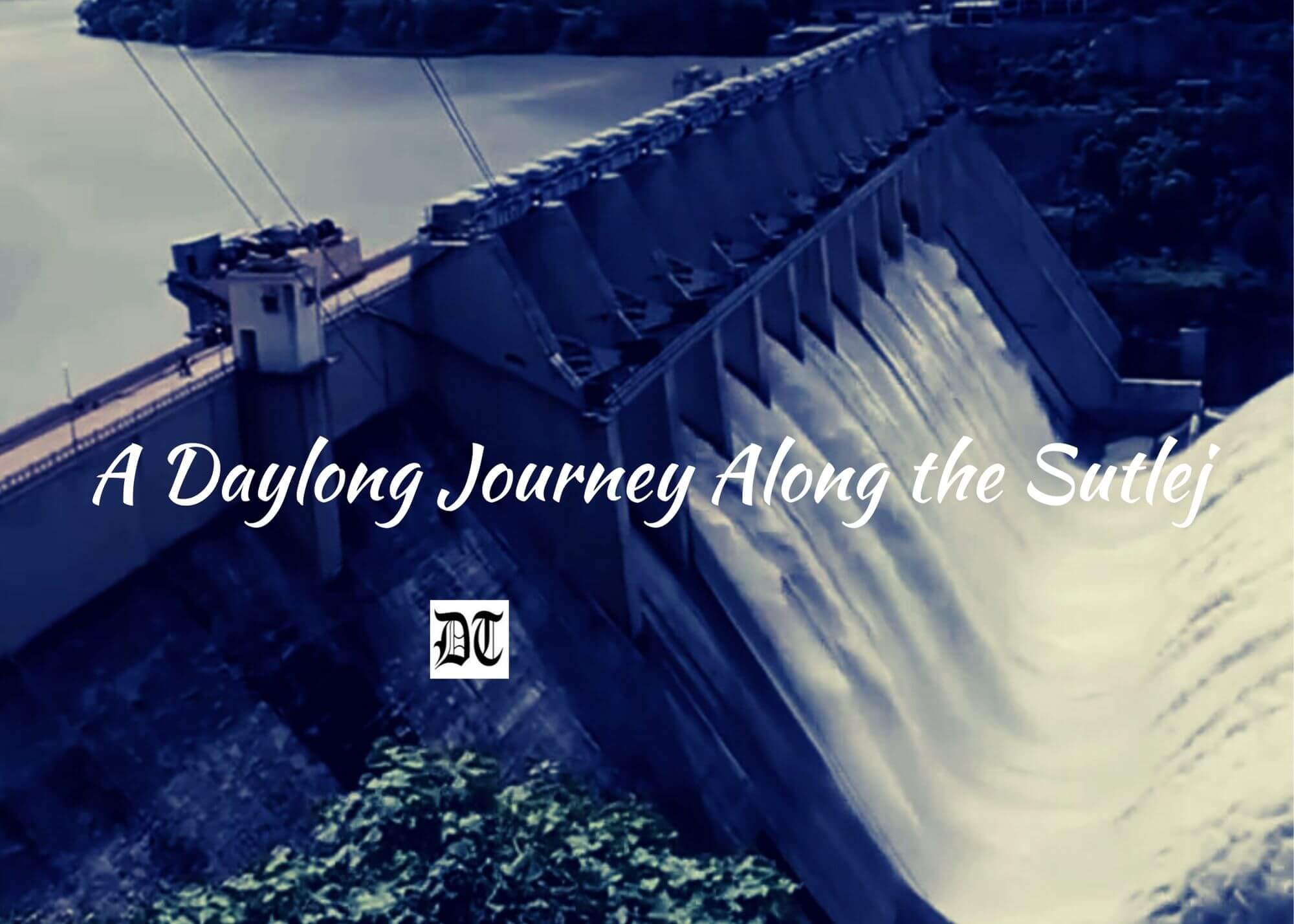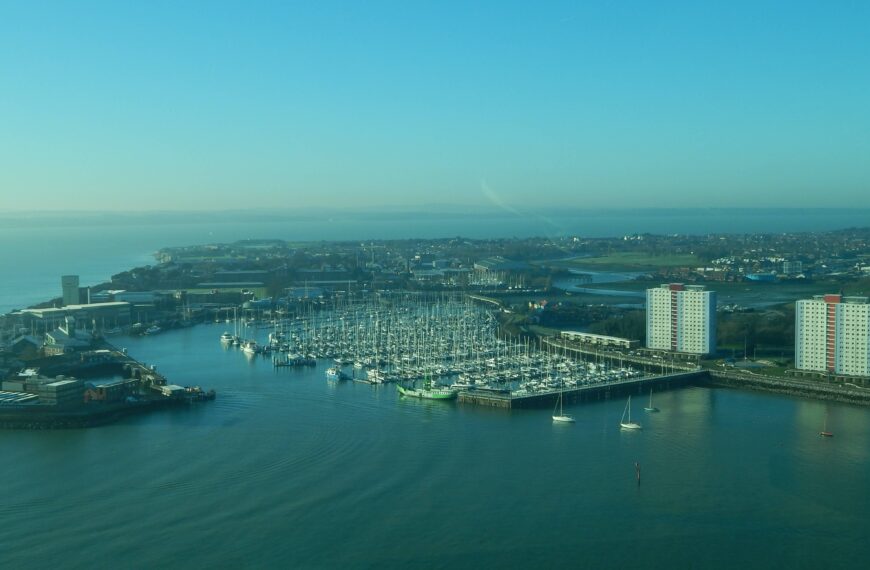Ruchira takes us on a tour of Bhakra Dam, the industrial town, Nangal, Anandpur Sahib and the revered Keshgarh Sahib Gurdwara. All these along the Sutlej River. An exclusive for Different Truths.

I had read about the Bhakra Dam in my Hindi and Social Studies textbooks while at school. Therefore, I was delightfully surprised when someone suggested to my parents that the mighty Dam was certainly worth visit as a place of tourist interest. Those days our family was stationed in Ludhiana, Punjab.
Since Bhakra is situated in the Bilaspur area on the border of Punjab and neighbouring Himachal Pradesh, it was about a four hours journey by road from our town. So finally on a sunny but humid July day we commenced our journey to Bhakra Dam, an architectural and engineering marvel of modern India.
We had a close glimpse of Punjab’s hinterland – verdant fields of wheat, mustard, and other crops.
The journey was by and large pleasant. We had a close glimpse of Punjab’s hinterland – verdant fields of wheat, mustard, and other crops. People going about their daily chores, cattle grazing, and farmers involved in mechanised agricultural activities.
It would be relevant to mention here that of the five legendary rivers of the original undivided Punjab state that gives the region its name (punj – five and ap – river) only a couple of them i.e., Sutlej and Beas flow through the present Punjab. The rest of them have their courses chalked out within Kashmir and West Punjab, now in Pakistan.
Back to the account, the first glimpse of the mighty dam was breathtaking.
Bhakra Dam
The gigantic structure parched on a lofty hill side (part of the Himalayas), the emerald waters of the roaring Sutlej River cascading down the hillside, pouring its contents into a vast reservoir below awe inspiring indeed! We had luckily managed to obtain passes/special permits to visit the bowels of the Bhakra dam.
The air filled with constant ceaseless humming and whirring of powerful heavy-duty machinery, electric installations running smoothly…
The interiors were tad damp and humid because we were somewhere in the middle of the waters. The air filled with constant ceaseless humming and whirring of powerful heavy-duty machinery, electric installations running smoothly, personnel going about their work in utmost silence – it was an out of the world atmosphere.
It was stunning to see a huge duct inside the dam 23 feet in height/depth, a yawning abyss, a veritable black hole, so to say. The staggering depth and the pitch darkness within was enough to send shivers down our spines.
Nangal Town
Hours later we halted for lunch at Nangal, an industrial but otherwise nondescript town, situated by the Sutlej. The place boasts of another (albeit smaller) hydel project that supplements its larger counterpart, the Bhakra. Together they are hailed as Bhakra Nangal Hydroelectric Project.
Lunch over, we embarked on the last and final leg of our tour heading out to another interesting destination.
Lunch over, we embarked on the last and final leg of our tour heading out to another interesting destination. Merely at a stone’s throw from Nangal township lies Anandpur Sahib. It is a pretty place with profuse greenery and fringed by the misty blue Shivalik hills in the distance. It certainly lives up to its name Anandpur (city of bliss/joy). River Sutlej flows close by.

Keshgarh Sahib Gurdwara
Located here is Keshgarh Sahib Gurdwara one of the five most sacred and venerated shrines of Sikh faith. Like its four counterparts this gurdwara houses the Akal Takht (highest holy seat of Guru Granth Sahib). The others being Patna Sahib (Patna), Harmandir Sahib (Amritsar), Hazoor Sahib (Nanded, Maharashtra) and Damdama Sahib (Talwandi Saboo).
The shrine is replete with great historical significance. It was here that the tenth Sikh Guru Gobind Singhji founded the Khalsa Panth…
The shrine is replete with great historical significance. It was here that the tenth Sikh Guru Gobind Singhji founded the Khalsa Panth, on a warm April day in 1699. It was Baisakhi (New Year Day according to ethnic calendar). The course of the Sikh faith was never the same again.
The followers were exhorted to adopt the Five Symbols designated as 5K to display their faith. It is well known, these are Kesh (unshaved hair and beard), Kada (metal bungle), Kanga (wooden comb), Kachha (special loin cloth) and Kirpan. These symbols are still the hallmark of the Sikh Community, though the wind of change has begun to blow…
Today, Keshgarh Sahib stands in full glory and majesty with hundreds of devout Sikhs flocking there to seek divine blessings.
Visuals by Different Truths






 By
By
 By
By

 By
By